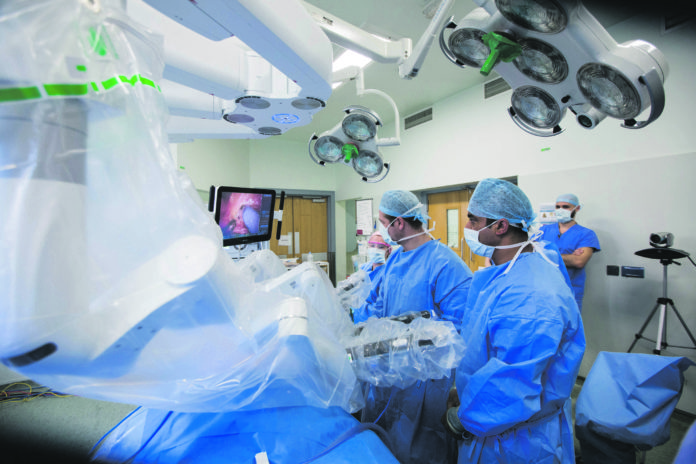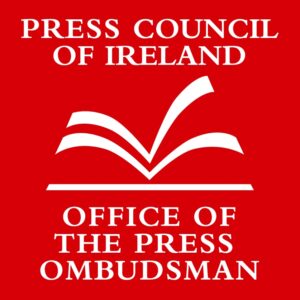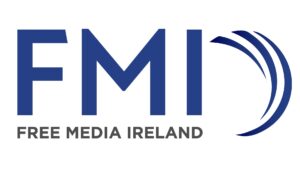ALMOST 20,500 appointments for patients attending three Limerick hospitals have been dealt with under the National Treatment Purchase Fund (NTPF) over an 18 month period.
And while University Hospital Limerick has used the initiative to reduce the number of patients waiting longer than a year from 1,230 at the start of the year to 160 last week, hospital bosses say that an elective hospital in the region is the only way to deal with more complex cases.
A spokesman for the UL Hospitals Group said it is forecast that no patient will wait longer than 12 months for such treatment by year-end, in line with Slaintecare targets on waiting lists.
“The NTPF initiative is on target to achieve more than 4,500 consultations across ten specialities by year-end. It is one of five initiatives in our Group designed to target both the longest waiters and urgent time-critical patients,” the spokesman said.
The NTPF was originally intended to get treatment for patients who have been on the waiting list for up to a year and urgently need treatment but in practice, many patients wait much longer before being able to avail of the NTPF.
In response to a Dáil question, Limerick TD Niall Collins was told that 20,498 NTPF funded patient episodes were carried out for patients from University Hospital Limerick, Croom Orthopaedic Hospital and St. Johns Hospital, from January 2021 to August 2022.
Health Minister Stephen Donnelly told him that “the key criteria of the NTPF is the prioritisation of the longest waiting patients.
“While the NTPF identifies patients eligible for NTPF treatment, it is solely on the basis of their time spent on the Inpatient/Daycase Waiting List. The clinical suitability of the patient to avail of NTPF funded treatment is determined by the public hospital.”
Since the start of this year to October 26, the number of patients on an outpatient waiting list has reduced by 11 per cent across UL Hospitals Group, from 56,330 to 49,700.
In that time, the number of patients waiting for inpatient or day case procedures has reduced by six per cent in UHL; 47 per cent in Ennis; 53 per cent in Croom; and 46 per cent in Nenagh.
And for endoscopy, the numbers waiting have reduced by 65 per cent in UHL; 66 per cent in Ennis; and 77 per cent in Nenagh.
Not all patients offered treatment under the NTPF can take up the offer for a number of reasons, including having to travel distances to other medical facilities.
The spokesman said that “UL Hospitals Group continues to work on in-house initiatives and on facilitating care in the private sector.
“However, the current lack of private capacity in the Midwest, and difficulties for patients in travelling outside the region for consultation and procedures, mean that more sustainable solutions are necessary in the long-term.
“For example, while numbers waiting for day case surgery have fallen, there has not been a corresponding decrease in numbers waiting for more complex inpatient surgeries that in this region must be carried out at UHL. This strengthens the case being made for an elective hospital in the MidWest,” the spokesman added.











